QuestionQUESTION: "Dear Madeline, I have read you biography and I promise to read and rate your response within three days. I understand that your time is valuable, that you are most likely spending at least 45 minutes of your time in response to my question, and I understand too that when questioners read and rate your responses fairly that you make random donations to animal shelters to help homeless animals. In the interest of being appreciative of your time AND helping shelter dogs and cats, I agree that I will rate your response and give you fair feedback."
My 1year 3 month old dog recently began tearing up things. She use to do it more as a puppy and then stopped. randomly every few months she will destroy something she has access to all the time as my bed pillow, her bed or other things that (usually things that are mine).
The interesting thing to me is that when I come home if she has done something wrong she shakes her whole body, semi-wagging and her mouth stretches super thin. If I pick up something she has destroyed she cowers and crawls to me in the same way described. This behavior happens even if I am calmly asking "What is this?" I would also like to note that the phrase is not a trigger because I can ask her if she did something without any reaction if she had no part in it.
I want to know how I should react to her behavior of tearing things up as not to enforce it. And when I tell her to lay down on her blanket how long should I make her stay down when she is exhibiting the "guilty demeanor"?
I recognize that she has circumstantial separation anxiety. I can leave her just fine in my backyard when I am gone but if I leave her at my mothers house/ backyard she howls like it's the end of the world. If I walk outside and am clearly not going to school or work she starts crying. This is also a behavior I would like to correct.
Side notes: She gets at least 30minutes- 1hour runs outside daily. Sleeps in my bed with me. Is free fed.
Thanks for your time.
ANSWER: Hello Luiza,
I have a few questions before I decode to respond. Can you tell me where you heard or saw the term "circumstantial" separation anxiety, and who it was that told you that your GSHP suffers from it? Second, when she tears up pillows and such, does this occur when you're away, have been away for long period of time, or when you are home? Last, you wrote that she runs daily for 30 - 60 minutes. Where, and with whom? On leash, or off leash? Can you describe this exercise routine in more detail?
Thank you.
Madeline at AllExperts
---------- FOLLOW-UP ----------
QUESTION: I am assuming that it is circumstantial because the destructive attitude doesn't happen daily. let her go off leash in a field behind my house where she runs around and weekends I try to take her to the beach or on a hike also off leash. I am the only one who takes her out with the exception of a neighbor who sometimes has her lab come over and will take my dog out.
AnswerLuiza,
Just an update to let you know that a donation was made to Liberty Humane Society in Jersey City, N.J. in the amount of $20 following your rating. Thank you!
Hi Luiza,
Thank you for llsting my virtual agreement and for agreeing to read and rate my response promptly.
Thank you too for clarifying some points about which I asked.
Going by your definition of "circumstantial," I would say, too, that your dog's separation anxiety is contextual in that she doesn't exhibit it when you leave her in your own home, but does when you leave her at your mother's.
Apparently, she's sensitive to context and most comofortable in your home with the scents that are most familiar to her. If you intend to leave her at your mother's, I might suggest spending some time with her there (if you're not already) such as a couple of days in order to let her starting feeling your presence there as well before you leave her. In addition, I would apply behavior modification techniques designed to lessen separation anxiety. Since I just responded to a question from "Neven" outlining a behavior modification program for separation anxiety, I will cut and paste its contents here since it applies to you and your pointer, too, later in this response.
At this point, your dog's separation issues don't sound severe, since she doesn't destroy items all the time when you leave. I'm wondering if she seems to do so on the day when she hasn't had the opportunities to run in the field, or when she hasn't had a visit from the neighbor's dog. She's still young, and pointers are a fairly high-energy breed. The need to burn off some of that youthful energy she still has may be a trigger for the destructive behavior. There's a saying that "a tired dog is a good dog." For many dogs with mild separation anxiety, upping the activity may be the thing that lessens or eliminates the behaviors resulting from such mild anxiety, and we can determine from that that the anxiety itself may be reduced or eliminated. In addition, see if exercising with you more interactively may help. Although running around in a field may tire her some and fulfill some of her exercise needs, interactive playing with the owner, such as with a ball, a frisbee, or a tug toy seems to have the effect of being more calming, ultimately, for most dogs. If you find that on the days that she has more activity that the destructive behavior isn't occurring, you'll probably have your answer as to the fact that it's the lack of her ability to burn off that excess energy she has as a 15-month-old that's contributing to it.
Also make sure that she has access to safe chew toys daily. All dogs have a need to chew, especially young ones. For tips on good chew toys, see www.petproductadvisor.com which will give you some good ideas.
As far as your dog behaving in the submissive manners you describe when you say "what is this," realize that dogs are masters at reading human body language and subtle differences in it. It is likely that she knows the difference between when you "mean" it, and when you don't - therefore, she responds submissively when you do "mean" it, and not at other times when you're "faking." Have you ever read about Clever Hans? Google it, as the story of Clever Hans may be enlightening for you in terms of understanding how your dog knows the difference - and, I am sure she does!
Last, here is an overview of a protocol for teaching a dog with separation issues to be alone:
What I suggest you do, with the assistance of a trainer if needed, is first teach your dog a good, solid "stay." This is a necessary part of teaching your dog to be alone, especially since you have a "velcro" dog who follows you from room to room.
When you have a solid "stay" from your dog, you can start, very gradually, as in seconds and not minutes, to build in some duration and distance. When you're able to do that, highly reward the dog for "staying." Most owners know what their dogs find highly rewarding, and these can be a favorite food, an activity such as going for a walk or playing, affection, or a joust in a backyard. Whatever it is, make "staying" a highly rewarding activity for your dog.
Once you've built in duration and distance in the "stay," start going out of sight, such as behind a wall, for just a moment. At first, don't give your dog time to get upset or break the stay. Do so for a second, and highly reward your dog when you "come back" into view. Try to stay under the threshold that it will take for your dog to become upset as you gradually build in seconds to your disappearing time. Listen for movement - this is often the first sign, when a dog shifts position, that the dog is becoming upset, before the dog starts to vocalize, and you can often hear a shift in the dog's position.
If your dog "stays," again, highly reward. If she isn't able, even for a second, then go partially out of view and not fully, and build up to going fully out of view.
Another aspect to address is the classical conditioning component. That is, it's usually the leaving routine to which dogs respond and during which anxiety builds - getting showered, getting into clothes, coffee, grabbing the keys and the pocketbook (the last of which is usually the most anxiety-provoking for dogs). Over a week-end or at other times when you're home and don't actually need to leave, run through the routine with all the cues that might be relevant to your dog that you're leaving - and don't leave. Doing so will help to reduce the anxiety-provoking aspect of this classical conditioning.
What may help, too, is leaving a television or radio on when you leave to keep your dog company. Other dogs can funtion as company for an anxious dog, but in many cases don't fully alleviate the anxiety of their human leaving.
Although I sometimes recommend leaving a stuffed Kong or other goodie with an anxious dog, I would NOT recommend leaving the dog with any food or toy item if in the company of other dogs, as a fight over the resource could ensue between the dogs, unless you can separate the anxious dog from the others.
Keep your comings and goings low-key. Many owners feed their dogs' anxiety with long leaving rituals, followed by a "reunion" when they return replete with exclamations, hugs, and kisses for the dog. Refrain from doing this, as it only reinforces anxiety in a dog. When you return, treat your return as if you just left, ignoring the dog for several minutes until you see that your dog is calm. Then, when you greet, do so in a low-key manner. When you leave, it's not necessary to pet your dog or even to say "good-bye." Simply leave. Your dog won't love you any less for it, I promise; and, doing so may go a long way in lessening the anxiety.
Here are a couple of books that may help, too. One is called "Dogs Home Alone," by Roger Abrantes. Although the wording is a little awkward in the book, probably due to the fact that English is not Abrantes's first language, the advice in it is sound. Another is "I'll Be Home Soon," by Dr. Patricia McConnell, and it's a short book which will also give you great advice.
Last, but not least, especially for dogs who may become ill or harm themselves as a result of severe anxiety, you may want to explore a pharmacological intervention, ONLY if the anxiety is severe. Consult your vet, who will probably prescribe "Clomicalm" (Clomipramine HCl). This medication is used to reduce or eliminate many of the separation anxiety behaviors that plague dogs. However, it is not a Magic Pill, and even if you use it, you will need to do the training and behavior modification as outlined above if you hope for it to have the full effect, and if you hope to wean your dog off the medication at some point, which I would recommend. However, from what I have read, your dog, Luiza, is not a candidate right now for this type of pharmacological intervention at this time, as the separation issues appear to be minor.
Thanks again, Luiza, and please remember to read and rate my response.
Best regards,
Madeline Friedman, M.A.
AllExperts Volunteer since 2006

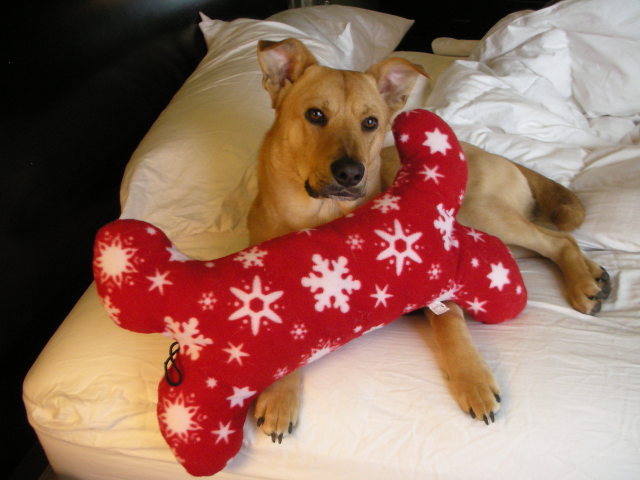 Very Scared Dog
Question
Happy
My dog is 17 months old and is a mixed b
Very Scared Dog
Question
Happy
My dog is 17 months old and is a mixed b
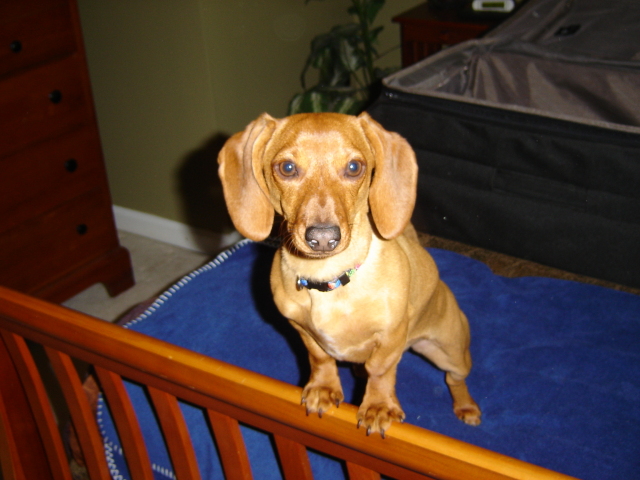 Mini Daschund with anxiety issues
QuestionAbigayle
QUESTION: I have a 3 1/2 yr old
Mini Daschund with anxiety issues
QuestionAbigayle
QUESTION: I have a 3 1/2 yr old
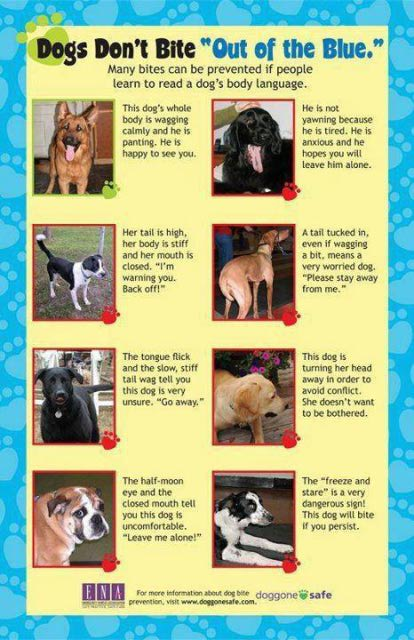 Is this aggression, dominance, or play?
QuestionQUESTION: I have a question regarding doggy beh
Is this aggression, dominance, or play?
QuestionQUESTION: I have a question regarding doggy beh
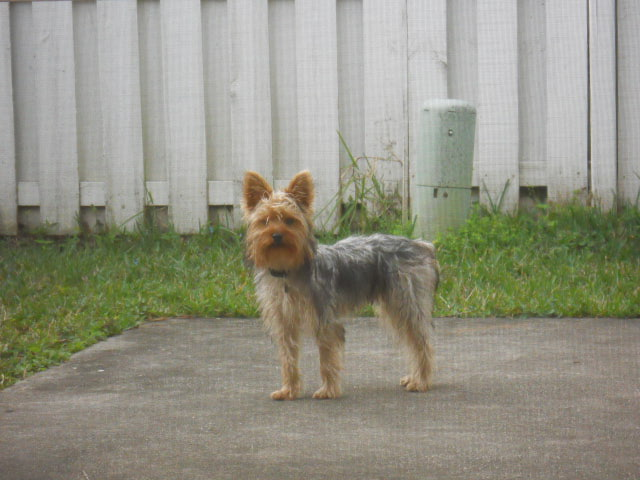 agressive silky terrier
Question
Lucas 1 year old
Hi Jennifer:
I have a
agressive silky terrier
Question
Lucas 1 year old
Hi Jennifer:
I have a
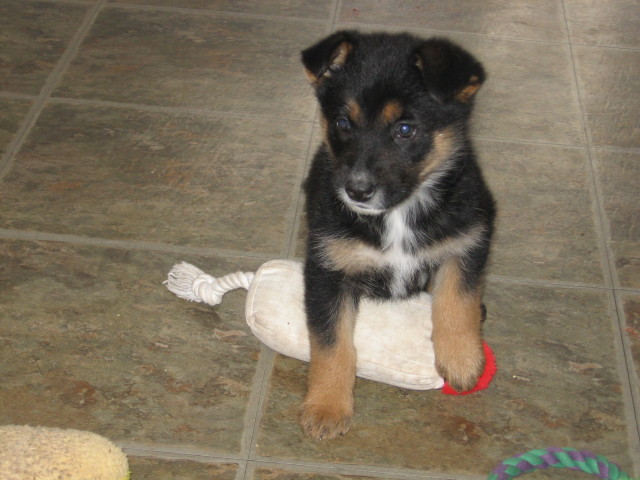 puppy problems
QuestionQUESTION: I am the proud owner of 2 german shep
puppy problems
QuestionQUESTION: I am the proud owner of 2 german shep